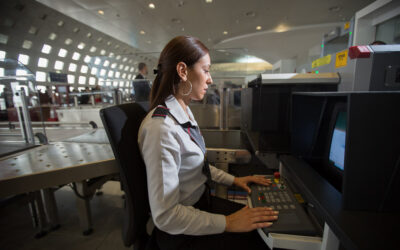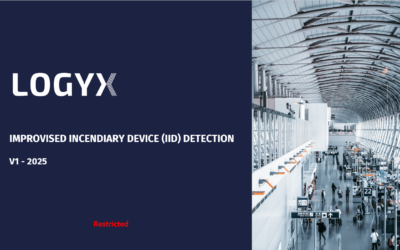On May 19, 2025, the European Commission published Implementing Regulation (EU) 2025/920, amending Regulation (EU) 2015/1998 on detailed measures for the implementation of the common basic standards on civil aviation security (a text relevant to the EEA). This new regulation introduces several significant adjustments to the certification and recertification procedures for security personnel, aiming to better ensure the competence of agents assigned to critical functions.
The objective is clear: to maintain a high and consistent level of professionalism among the teams responsible for protecting infrastructure and passengers, while harmonizing practices at both national and European levels.
Let us first revisit the definition of certification and recertification. The text reiterates that these are formal assessments conducted by or on behalf of the competent authority.
These assessments aim to confirm that the individual:
- has completed appropriate training; and
- possesses the operational skills required for their duties.
It is crucial that these assessments are standardized at the national level, ensuring consistency in evaluation methods and validation criteria across the entire territory. The May regulation specifies the nature of the tests to which candidates will be subjected.
Obtaining the initial certification now requires the successful completion of three mandatory components:
- A theoretical assessment measuring knowledge of core subjects;
- A practical test validating the ability to perform assigned functions in real-life conditions;
- A standardized image interpretation test, specific to personnel using X-ray or EDS (Explosive Detection Systems) equipment.
This structure is designed to ensure a comprehensive evaluation, combining theoretical knowledge with practical skills, while also meeting the specific demands of certain technologies.
Recertification, which renews an agent’s qualifications after a certain period, follows the same three-part evaluation model:
- A theoretical test (written or oral);
- An operational performance assessment or a practical test, at the discretion of the competent authority;
- And for relevant operators, a new image interpretation test using images of varying difficulty levels.
The idea is straightforward: competencies should not be considered permanently acquired, but instead regularly reassessed to maintain a high level of performance.
In certain cases, the regulation allows certified instructors, recognized by a competent authority, to administer the practical certification tests themselves, provided that:
- The test content has been pre-approved by the competent authority; and
- The results are submitted to the same authority for final validation.
This mechanism introduces a degree of flexibility, while upholding rigorous and transparent processes.
All these developments reflect a clear intent from the authorities: to further professionalize security roles by ensuring that individuals in these positions are regularly trained, evaluated, and genuinely fit to meet security challenges.
National standardization of procedures, in particular, aims to eliminate regional disparities and establish a common foundation of competencies across the country.
LOGYX Certify will evolve in the coming weeks to support Member States in complying with these new requirements. From managing practical tests to facilitating their execution, several options are already available to our partners to ensure a smooth transition toward 2026.
Would you like to learn more?
Contact us: contact@logyx.fr



